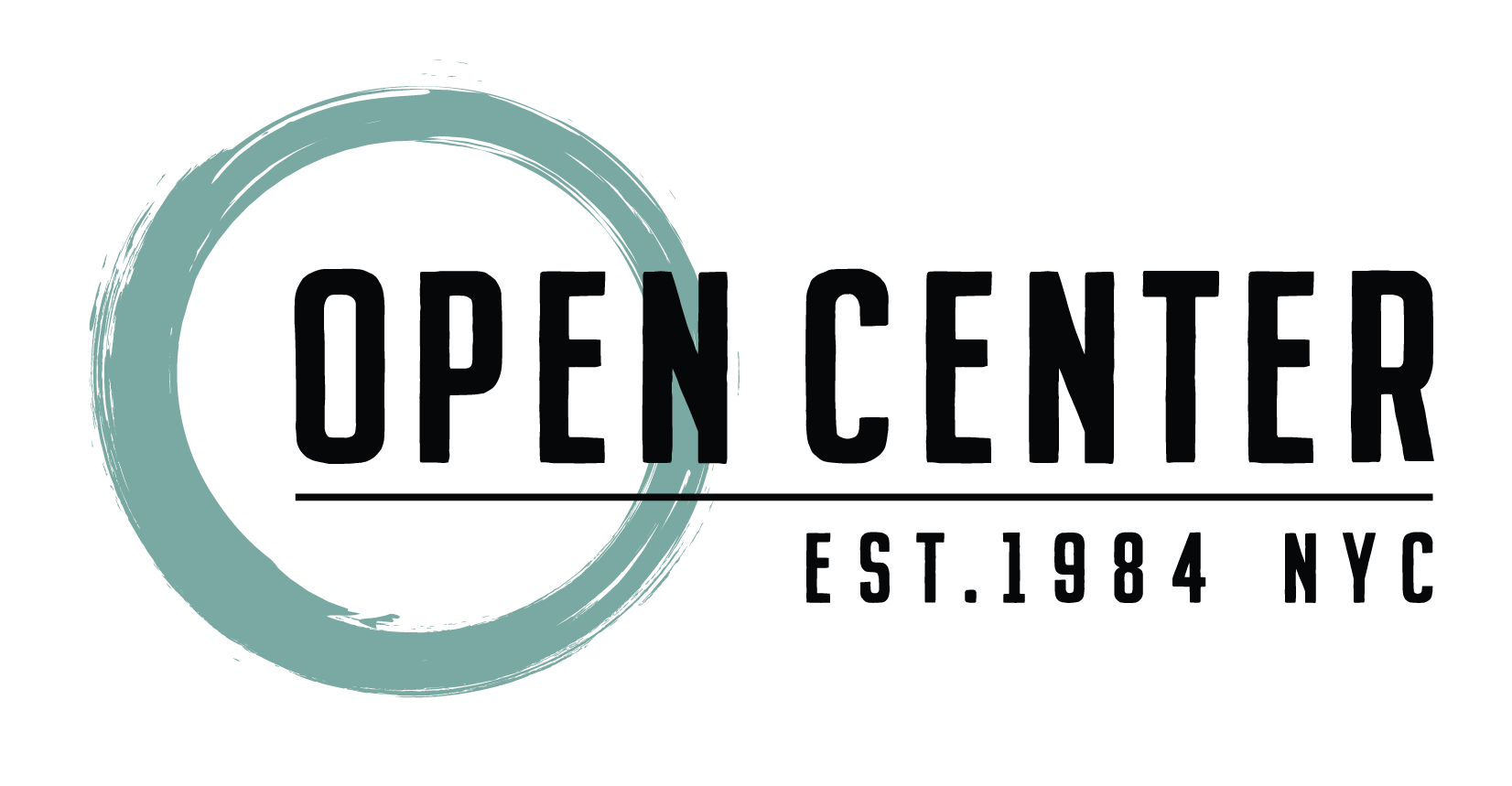Finding an Urban Sanctuary in Your City
Living in a city can be exciting, dynamic and diverse. It can also be noisy, crowded and exhausting! This overstimulation can leave city dwellers feeling stressed, anxious and overwhelmed.
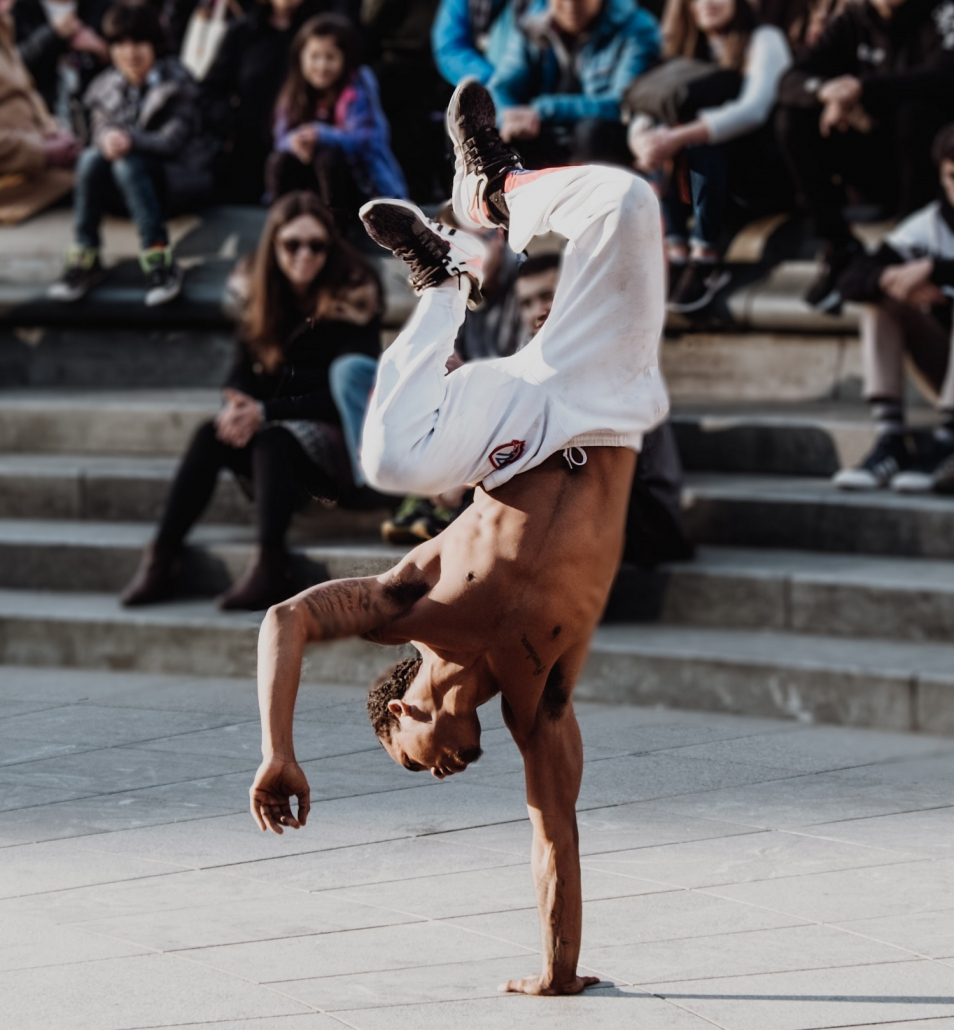
So how do we manage this sensory overload and mitigate the modern day side effects of urban living?
There are more ways to find respite from the hustle and bustle of the city than you might think, and you don’t need to retreat from everyday life to find your urban zen. Just look at The Open Center. Born in the heart of Soho, we have been a sanctuary for urban dwellers seeking spiritual, holistic and integrative practices for almost forty years.
Join us over the next couple of weeks as we explore urban sanctuaries through the healing lens of city soundscapes and urban herbal oasis.
According to architect Kaydee Kreitlow, there is ample opportunity for finding and experiencing sanctuary in an urban environment–not just in traditional spiritual places like churches–and she categorized different types of sanctuary that exist no matter where you are, even if you’re just walking down the street:

Relaxation: This refers to the path and speed at which we travel. For example, when you are trying to get from point A to point B, instead of going the fastest way possible, try slowing your pace down, go off the beaten path, take the side alley or the more circuitous route.
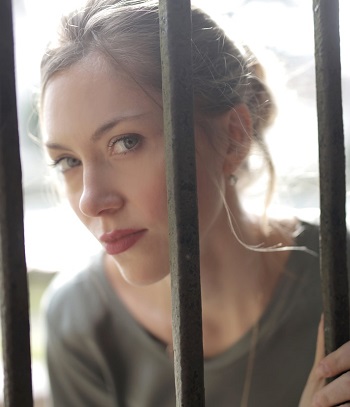
Isolation: For Kreitlow, isolation comes in three different ways: vertical isolation, horizontal or audible. Vertical isolation comes from being at the top of a tower or building, or sunken down into a comfy couch. Horizontal isolation is experienced through fencing, screens and plants. And audible isolation is experienced by putting on headphones while walking down a crowded street or from the white noise of a water feature in a city park.
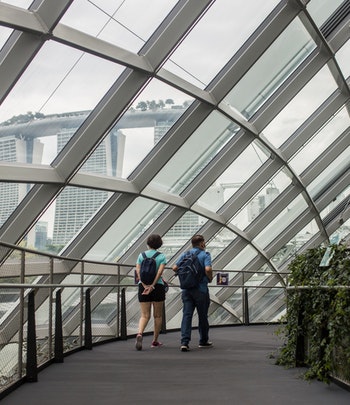
Security: In terms of sanctuary, security means feeling comfortable and secure in your environment and this comes in two ways: from the degree of enclosure of a space and also the type of lighting. An atrium, with its natural lighting and enclosed space would be a good example.
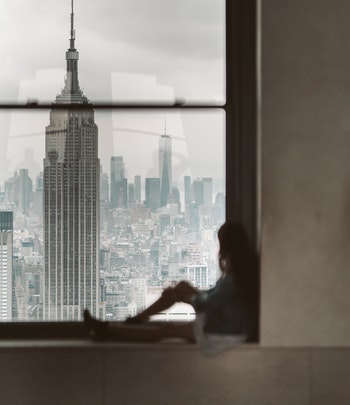
Reflection: This has to do with what you’re seeing in your environment. It could be a view out a window or a piece of art–anything interesting that catches your attention and causes you to stop, pause and reflect on it.
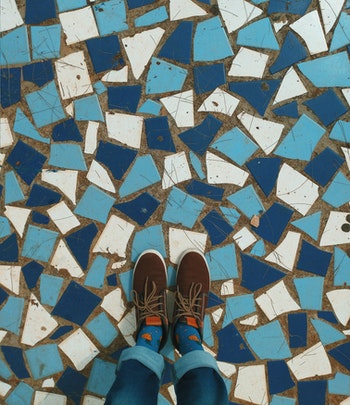
Contemplation: This has to do with the fine, intricate details of something that draws your attention and causes you to slow down and think twice about what it is you are looking at or doing. For example, intricate wooden doors or mosaic or cobblestone paving.
More from the blog
A Special Thanks To Our Teachers
June 1, 2022/by Laurie JordanA Letter From Our CEO, Ross Guttler
May 25, 2022/by Laurie JordanShining the Spotlight on our Advanced Trainings
January 25, 2022/by Laurie JordanOpening Doors Episode 6: A Symphony of Breathwork Techniques with Roger Jahnke
January 25, 2022/by Laurie JordanRobert Bly (1926 – 2021): An Appreciation
December 10, 2021/by Laurie JordanMeet the Teacher: Faith Adiele
December 6, 2021/by Laurie JordanTracking Wonder – Book Excerpt
November 4, 2021/by Lesley RodriguezMeet the Teacher: Sister Kate
November 3, 2021/by Lesley RodriguezCelebrate Native American Heritage Month
October 29, 2021/by Lesley RodriguezReiki – Frequently Asked Questions
October 28, 2021/by Lesley RodriguezMeet the Teacher: Peeka Trenkle
October 9, 2021/by Lesley RodriguezMeet the Teacher: Felicia Cocotzin Ruiz
October 8, 2021/by Lesley RodriguezGET ON THE LIST
Subscribe to our newsletter to keep up with the latest news and program updates from The Open Center.
